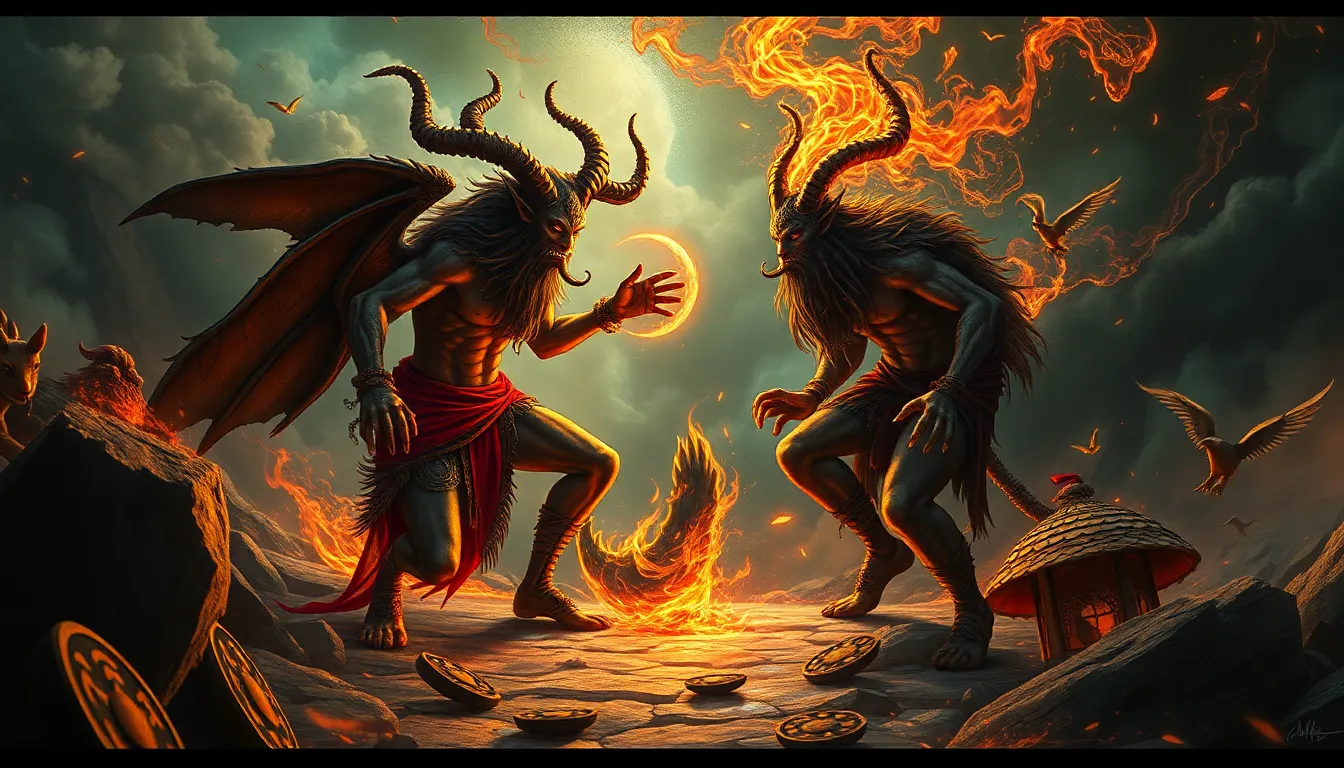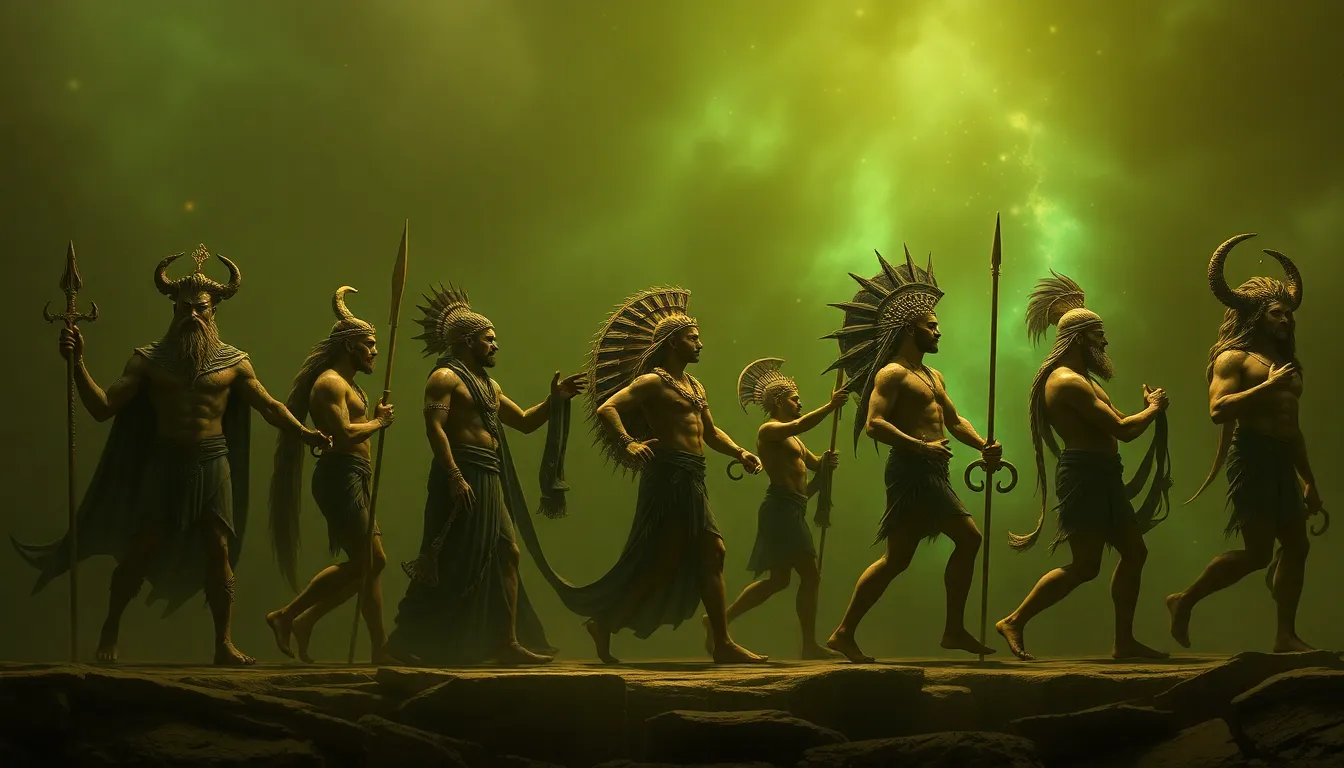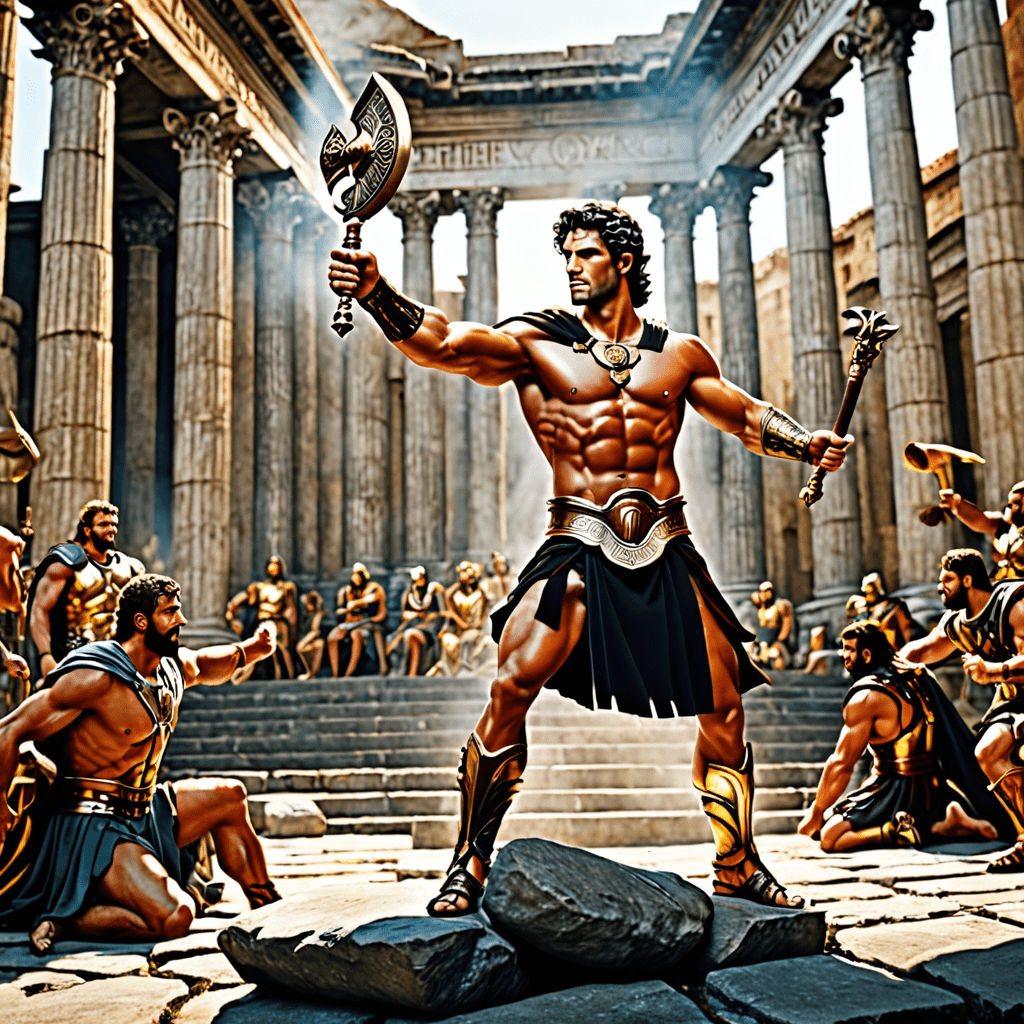The Trickster’s Dilemma: Morality in Mythology
I. Introduction to Trickster Figures in Mythology
Tricksters are archetypical figures found across various mythologies that embody the qualities of cunning, playfulness, and unpredictability. These characters often defy conventional rules and societal norms, challenging the status quo while simultaneously revealing deeper truths about human nature.
The importance of tricksters in various cultures cannot be overstated. They serve as cultural critiques, embodying the complexities of morality and societal structures. This article will delve into the multifaceted roles of tricksters, exploring their significance in relation to morality across different cultures and times.
II. The Role of Tricksters Across Cultures
Tricksters manifest in diverse forms around the world, each reflecting the values and beliefs of their respective cultures. Some notable examples include:
- Tricksters in Native American mythology: The Coyote is a prominent figure known for his cleverness and ability to adapt. He often teaches lessons through his misguided antics.
- Tricksters in African folklore: Anansi, the spider, is famous for his intelligence and trickery, often outsmarting larger foes while imparting moral lessons on the importance of wit and wisdom.
- Tricksters in European mythology: Loki, a complex character in Norse mythology, embodies chaos and mischief, often leading to significant events that shape the narratives of gods and men alike.
- Tricksters in Asian traditions: Sun Wukong, the Monkey King from Chinese mythology, is celebrated for his rebellious spirit and cleverness, challenging celestial authorities and exploring the boundaries of power and knowledge.
III. Characteristics of the Trickster Archetype
Tricksters share a range of common traits that contribute to their unique role in mythology:
- Cunning: Tricksters often outsmart others, using their wits to navigate tricky situations.
- Humor: They frequently employ humor and playfulness, which can both entertain and convey deeper truths.
- Unpredictability: Their actions are often erratic, making them difficult to categorize as purely good or evil.
Moreover, the dual nature of tricksters allows them to be both creators and destroyers. They can bring about change and innovation but can also lead to chaos and destruction. This boundary-crossing ability makes them essential characters in the narratives they inhabit.
IV. Moral Ambiguity of Trickster Actions
The actions of tricksters often challenge the conventional definitions of right and wrong. Their unpredictable behavior can lead to a variety of outcomes:
- Positive Outcomes: Many trickster tales conclude with valuable lessons or positive changes resulting from their actions, showcasing the benefits of cleverness and adaptability.
- Chaos and Suffering: Conversely, some trickster actions can result in chaos, suffering, or the disruption of social order, posing questions about morality and consequences.
V. Tricksters and the Social Order
Tricksters play a vital role in challenging authority and societal norms. They often serve as catalysts for change, prompting audiences to reconsider their values and beliefs. Their existence highlights the tension between chaos and order, forcing societies to confront uncomfortable truths about their structures and hierarchies.
VI. Tricksters and Human Nature
By embodying both human flaws and virtues, tricksters reflect the complexity of human nature. They serve as mirrors to societal values, exposing hypocrisy and revealing the contradictions inherent in human behavior. This multifaceted portrayal is part of their enduring appeal, allowing audiences to engage with their stories on multiple levels.
VII. Case Studies of Morality in Trickster Tales
Analyzing specific mythological stories reveals the varied moral lessons conveyed through trickster actions. For instance:
- The Tale of Anansi: Anansi often uses deceit to achieve his goals, yet his stories typically impart lessons about wisdom and cleverness.
- The Adventures of Coyote: In many tales, Coyote’s tricks lead to both personal gain and broader consequences for his community, illustrating the dual impact of trickster behavior.
- Loki’s Deceits: Loki’s schemes often result in significant turmoil for the gods, prompting reflections on the nature of loyalty and betrayal.
These stories highlight the diverse interpretations of morality across cultures, demonstrating that tricksters can embody both virtuous and malevolent traits.
VIII. Modern Interpretations of Trickster Morality
In contemporary literature and media, trickster elements continue to thrive. Modern interpretations often emphasize:
- Subversion of Norms: Tricksters in modern narratives challenge societal expectations, much like their mythological counterparts.
- Complex Characters: Many modern characters exhibit trickster qualities, reflecting the ongoing relevance of these archetypes in exploring human morality.
- Evolution of the Archetype: The trickster figure is evolving, adapting to contemporary issues and societal changes, ensuring their place in modern storytelling.
IX. The Philosophical Implications of Trickster Morality
The ethical considerations surrounding trickster figures prompt deeper philosophical inquiries. Their actions raise questions about survival, morality, and the balance between chaos and order. Tricksters compel us to reflect on our values, challenging us to navigate the gray areas of ethics and human behavior.
X. Conclusion: The Enduring Legacy of Tricksters in Morality
In summary, tricksters play a crucial role in understanding human morality through their multifaceted actions and characteristics. Their stories continue to resonate across cultures, serving as vehicles for moral exploration and societal critique. As we navigate an increasingly complex world, the legacy of tricksters remains significant, inviting us to embrace the ambiguity of morality and the lessons embedded in their narratives.
The future of trickster narratives promises further evolution, as new interpretations emerge to reflect contemporary societal values and challenges. The trickster’s dilemma will continue to captivate and provoke thought, ensuring their place in the tapestry of human storytelling.



